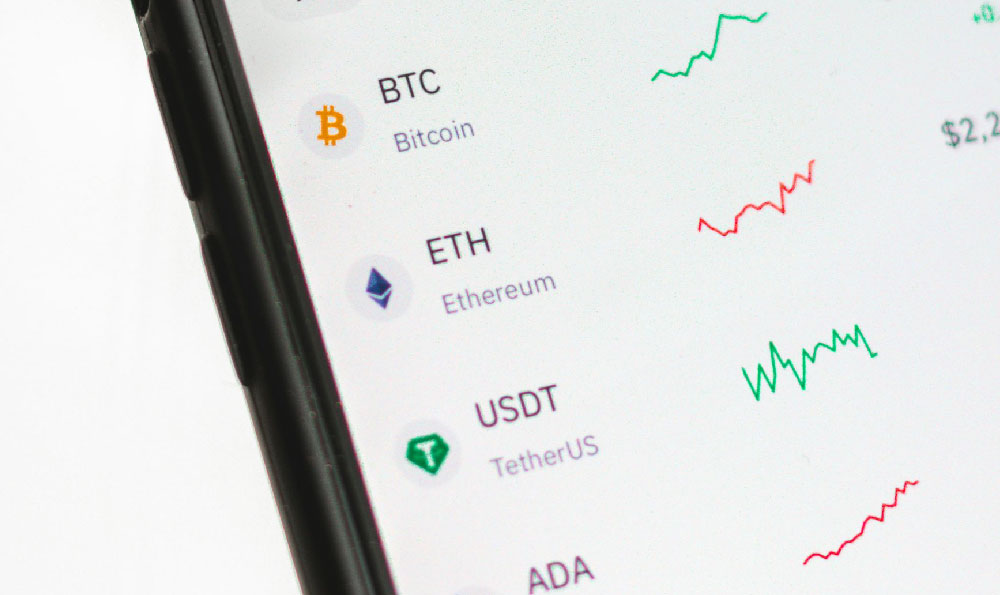Investing in green energy is no longer a niche pursuit championed only by environmental activists. It has evolved into a mainstream investment opportunity with the potential for both substantial financial returns and a positive impact on the planet. However, navigating the landscape of green energy investments can seem daunting. Knowing where to start and understanding the motivations behind this burgeoning sector are crucial for making informed decisions.
Why bother investing in green energy? The reasons are multifaceted, stemming from environmental concerns to economic realities. Climate change is an undeniable threat, and the shift towards cleaner energy sources is essential to mitigating its effects. Governments worldwide are implementing policies to encourage renewable energy adoption, creating a favorable regulatory environment for green energy companies. This includes subsidies, tax incentives, and mandates for renewable energy generation, all of which contribute to the growth and profitability of the sector.
Beyond environmental and regulatory factors, the economics of green energy are becoming increasingly compelling. The cost of renewable energy technologies like solar and wind power has plummeted in recent years, making them competitive with traditional fossil fuels. In many regions, renewable energy is now the cheapest source of electricity. This cost advantage is driving the adoption of green energy even in the absence of government incentives, creating a self-sustaining growth trajectory.

Investing in green energy is also about future-proofing your portfolio. As the world transitions away from fossil fuels, companies that are heavily reliant on these resources are likely to face declining revenues and asset values. Conversely, companies that are developing and deploying green energy technologies are poised for significant growth. By investing in green energy, you can position your portfolio to benefit from this long-term trend.
Where to start investing in green energy? There are several avenues available, each with its own risk-reward profile. One of the most accessible options is investing in green energy exchange-traded funds (ETFs). These ETFs provide diversified exposure to a basket of companies involved in various aspects of the green energy sector, such as solar panel manufacturers, wind turbine producers, and renewable energy project developers. ETFs offer a convenient way to gain broad exposure without having to pick individual stocks. Examples include the Invesco Solar ETF (TAN) and the iShares Global Clean Energy ETF (ICLN).
Another option is to invest in individual green energy stocks. This requires more research and due diligence, as you need to analyze the financial health and growth prospects of specific companies. However, it also offers the potential for higher returns if you identify promising companies early on. Companies involved in electric vehicle manufacturing, battery technology, and energy storage solutions are also considered part of the broader green energy ecosystem. Before investing in individual stocks, carefully consider the company's competitive position, management team, and long-term strategy.
A third option is to invest in green bonds. These are bonds issued by companies or governments to finance environmentally friendly projects, such as renewable energy installations or energy efficiency upgrades. Green bonds offer a fixed income stream while supporting sustainable development. They are typically rated by credit rating agencies, providing investors with an assessment of their creditworthiness. Look for green bonds that have been independently verified to ensure that the proceeds are used for genuine green projects.
Another avenue is to consider investing in renewable energy projects directly. This typically involves larger capital outlays and may be suitable for institutional investors or high-net-worth individuals. Examples include investing in solar farms, wind farms, or hydroelectric power plants. Direct investments can offer attractive returns but also come with higher risks and longer payback periods. Thorough due diligence and expert advice are essential before making such investments.
Finally, consider investing in companies that are actively working to reduce their carbon footprint, even if they are not directly involved in the green energy sector. Many traditional companies are making significant investments in energy efficiency, waste reduction, and sustainable sourcing. Investing in these companies can be a way to support the transition to a low-carbon economy while still maintaining a diversified portfolio. Look for companies that have set ambitious sustainability goals and are transparent about their progress.
Before making any investment decisions, it is crucial to assess your risk tolerance and investment goals. Green energy investments can be volatile, and the performance of individual companies or ETFs can fluctuate significantly depending on market conditions and regulatory changes. Diversifying your portfolio across different asset classes and sectors can help to mitigate risk.
It is also important to stay informed about the latest developments in the green energy sector. Technology is constantly evolving, and new innovations are emerging that could disrupt existing markets. Read industry reports, follow news articles, and attend conferences to stay up-to-date on the latest trends.
Investing in green energy is not just about making money; it is also about contributing to a more sustainable future. By allocating capital to companies and projects that are developing and deploying clean energy technologies, you can play a role in mitigating climate change and creating a healthier planet for future generations. The confluence of environmental imperative, economic opportunity, and regulatory support makes green energy a compelling investment proposition for both individual and institutional investors.












